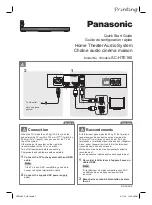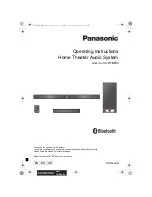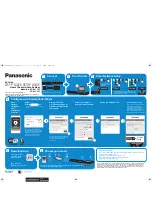
KALI AUDIO IN-Series Studio Monitor User’s Guide
5
About Your Studio Monitor
Congratulations on your Kali Audio IN-Series Studio monitors! These monitors were de-
signed to deliver exceptional accuracy in all sorts of recording, mixing, and production
applications. The unique coincident architecture of the midrange and tweeter make the
IN-Series an extraordinarily innovative system. Combining reference level accuracy, very
low distortion, and wide bandwidth with a hyper-realisitic 3-D image, the IN-Series will
reveal an exceptional level of detail in every mix.
Where does “IN” come from?
The official name of this product line is “Project Independence.” Kali names all of our
product lines after towns in California. Independence is a town in the Eastern Sierra. On
the map, it is “one up” from Lone Pine. As the IN-Series shares many components with,
and offers many improvements over, our Lone Pine series of monitors, we thought it was
a fun way to distinguish the two products.
Features
3-Way Coincident Architecture
The IN-Series features an 5-inch woofer in the IN-5, and an 8-inch woofer in the IN-8. Both
have a 4-inch mid-range driver, and a 1-inch soft dome tweeter. The mid-range driver and
the tweeter are coincident, meaning that they share the same acoustic center. You might
have heard the terms “coaxial” or “concentric” to describe this arrangement. Those terms
are technically correct as well.
Because of the coincident placement of the mid-range and tweeter, and the crossover of
the woofer to the mid-range IN-Series monitors act as an acoustic point source. This gives
them an ideal directivity characteristic for a studio monitor. You will be able to hear a very
lifelike stereo image, with details placed clearly and consistently. Off-axis lobing that is
unavoidable in a 2-way system is virtually eliminated with the IN-Series monitors
Substantial work was done to optimize the mid-range driver not only for its own acoustic
performance, but also for its role as the waveguide for the tweeter. The shape is very pre-
cise to allow for controlled directivity at mid range to tweeter crossover, ensuring accurate
summing both on- and off-axis. Excursion on the midrange is limited to less than 1mm
peak to peak, so that the oscillation of the mid-range does not have a negative effect on
the tweeter.


































